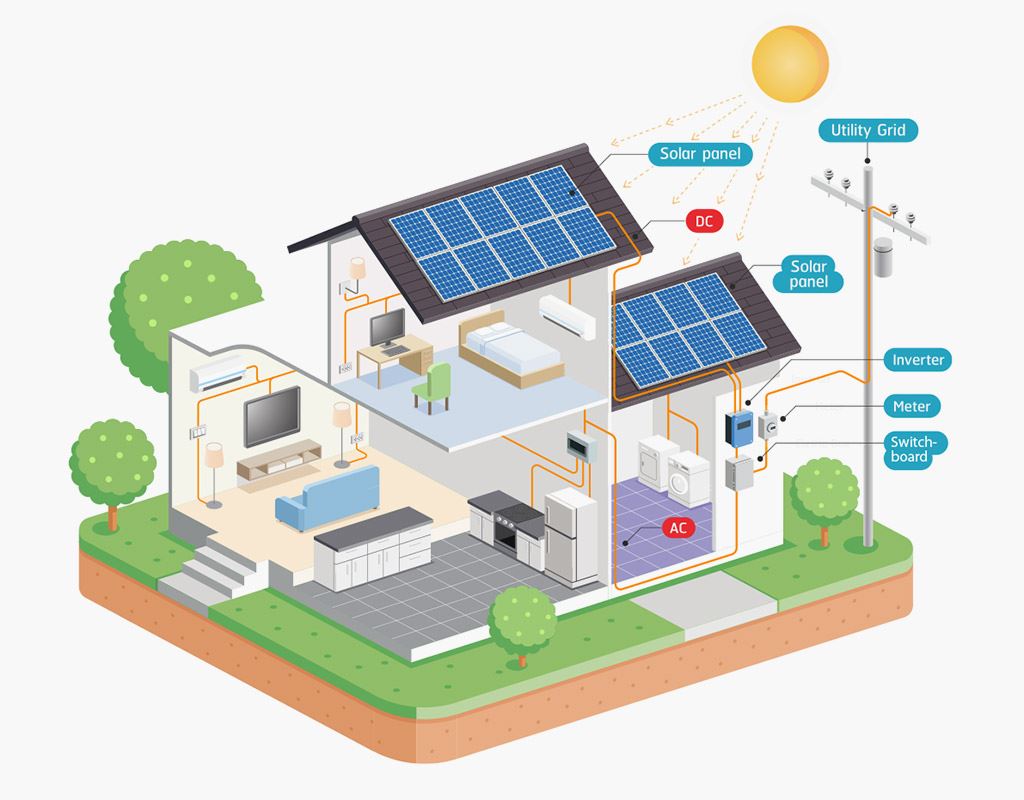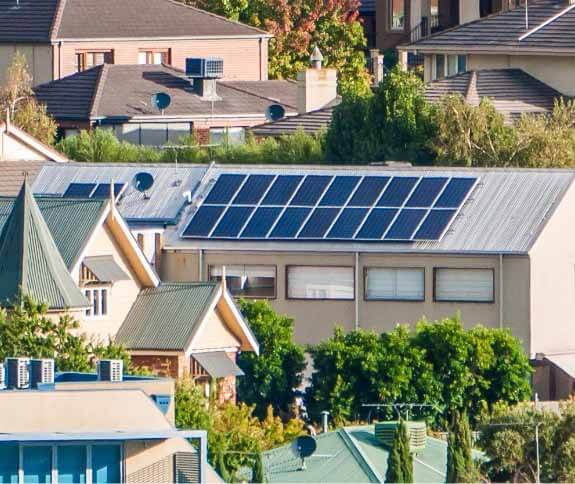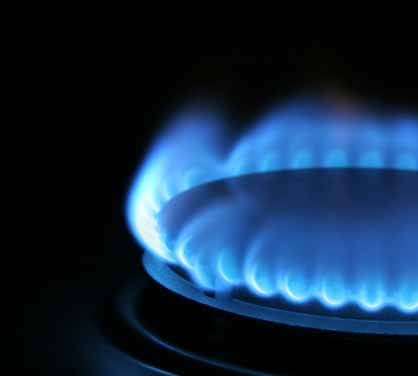Basic components of a Solar PV System will include:

Solar panels
Solar Panels are panels that are typically placed on a household’s roof to absorb energy from the sun. The panels convert this energy (sunlight) into Direct Current electricity (DC electricity). This DC energy is then fed into the inverter.
A number of solar panels working together is referred to as a Solar Array. Depending on the size solar system you choose to install will determine how big your solar array can be, or in other words how many panels you will need.
The larger the solar system and the more panels that make up your solar array, the greater the amount of energy the solar system can produce.
Solar panels have no moving parts and so good quality panels usually have an expected lifespan of 20-25 years with a warranty to back them.
Note: Some people choose to install a larger solar system with a smaller solar array so they can add extra panels in the future, if they anticipate their energy usage may increase.
Inverter
The Inverter is sometimes referred to as the brain of a solar system. It’s role is to convert the energy received by the solar array from Direct Current electricity (DC electricity) to Alternating Current electricity (AC electricity).
This AC electricity is then fed into the switchboard, flowing through a household to operate appliances and the typical electricity needs of a home.
Unlike solar panels an inverter has moving components that are constantly running. Due to this the location and maintenance of your inverter can highly effect it’s efficiency and 10-15 year lifespan.
There are different types of inverters available which can perform additional functionalities that the standard inverter does not. This can include feeding excess energy produced into battery storage (Hybrid Inverter) or optimising singular panels (Micro Inverter).
The type and size of inverter needed will be dependent on your energy needs and environmental factors.
Find out more about the different types of inverters available here.
Switchboard
The Switchboard receives AC electricity from the inverter and feeds it into a household’s circuits and appliances.
Electricity Meter
The Electricity Meter calculates whether you have any excess electricity or if you require any extra electricity that your system has not been able to generate.
If the solar system is not generating enough energy for a household to run, the electricity meter will detect this and will pull energy from the electricity grid as a second source of energy.
In the instance you have excess energy, a grid connected solar system will send this energy to the electricity grid and the household will receive reimbursement in the form of a Feed-in Tariff on the electricity bill.
If your solar system has battery storage this excess energy will be stored in the battery instead of being exported to the grid. This stored energy will be used when your solar system is not producing energy, for example at night.
Mounting System
A mounting system, also referred to as a racking system is what physically fastens your solar panels to your existing roof. This is an integral component of a solar system and will ensure your solar array is securely affixed through rain, wind and hail.
In some cases a solar provider may need to remove tiles on your roof to install your mounting system, however this is determined by what roof style and make your household has.
Note: Invest in a good quality, corrosion resistant mounting system to ensure the longevity of your investment.
Electricity Grid (Grid)
The Electricity Grid is a public electricity source which is fuelled through fuels, wind, water and solar. Every state in Australia has electricity distribution networks who own the power lines and poles that transfers the electricity.
Energy retailers such as Origin Energy, AGL, Energy Australia etc, buys this electricity at wholesale prices and resells it to households and businesses, which is what our electricity bills are.
A grid connected solar system has the ability to pull energy from the grid when the solar system is not generating enough energy or feed excess energy generated to the grid.
In the instance a solar system feeds the grid excess energy, the household will receive a credit on their electricity bill. This is called a Feed-in Tariff as mentioned earlier.
You need to have approval from your electricity distributor to connect a solar system to the grid, however the solar installer will arrange this.
Battery Storage
Battery storage is an optional component for a solar system. A solar system will charge a battery with the excess power the household has not used and store the power for use when the solar system is not generating enough or any energy. Stored energy like this is typically used in the evenings or on overcast days when the sunlight reaching the solar panels is low.
Whilst batteries are gradually coming down in price, adding a battery won’t necessarily benefit all households financially like a solar system will. Today’s prices (if your State does not offer subsidies or incentives for battery) could have you looking at an expected payback period of 15 years.
As technology advances and batteries become more accessible it is expected prices will drop, similar to how they have for solar systems.











